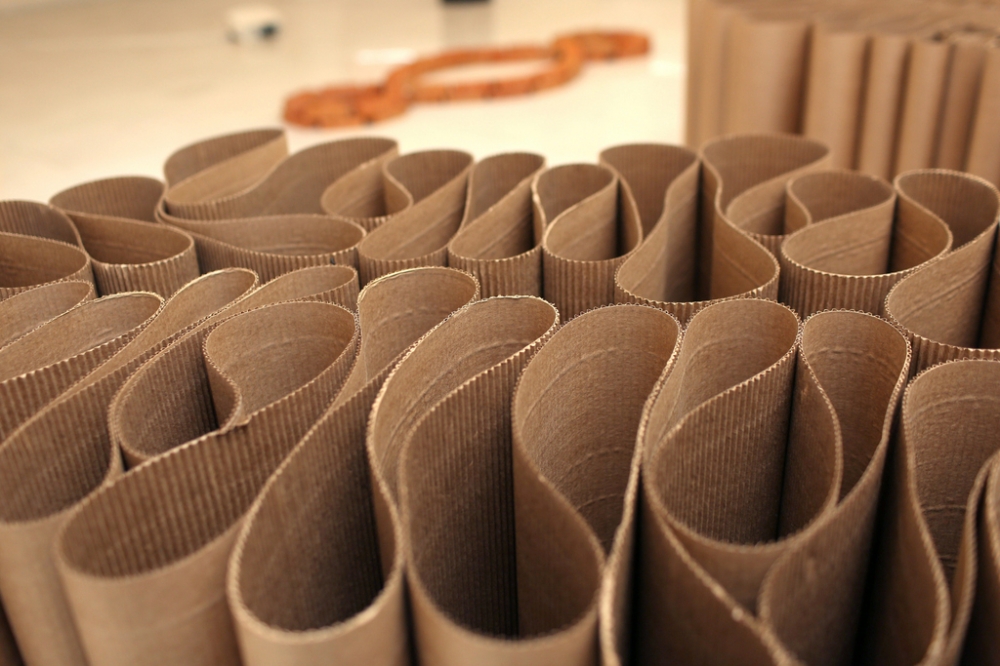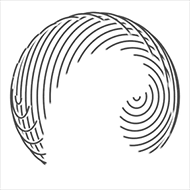TRAVELLING EXHIBITION: ONCE AGAIN THAT GARDEN BE…
31 Oct - 19 Jan 20
YARAT Contemporary Art Space presents “Once Again That Garden Be…” travelling exhibition in Mingachevir city.
YARAT Contemporary Art Space presents Once Again That Garden Be… travelling exhibition with works by renowned Italian artist Michelangelo Pistoletto and emerging local artists. The exhibition is the result of a workshop given by CITTADELLARTE Fondazione Pistoletto (Biella Italy) director Paolo Naldini discussing the theory of the “Third Paradise” developed by Michelangelo Pistoletto. The theory wants to overcome the current worldwide existing conflict between the two polarities of nature and artifice, it aims to create a new humanity with a responsibility for the own environment in harmony between technology and nature.
The Azeri word “Bağ” originates in the Persian word Bāgh (Persian: باغ) which refers to an enclosed cultivated area excluding wildness of nature providing privacy and security. The exhibition title is inspired by one of the most popular poems by Mikayil Mushfig talking about the garden as a desirable, nostalgic space of love, peace, freedom and happiness. Throughout history, different types of gardens have evolved, always serving not only to structure and beautify the public or private grounds, but have always had symbolic, spiritual, sociological or psychological significance, reflecting the social order in its design, for example as a Persian paradise garden, a baroque pleasure garden or as a primeval landscape in the period of Enlightenment. Enchanting the senses and as a quiet retreat the garden embodies a place to experience the ephemeral as well as the real, to reflect the inner as well as the external world, to imagine ideas of tranquility and harmony. The exhibition becomes such a space for exploration, imagination and self- as well as social reflection, featuring works by the renowned Italian artist Michelangelo Pistoletto and by emerging Azeri artists with their visions of the paradise and harmony between technology, nature and humanity.
The right wing of the exhibition includes Michelangelo Pistoletto’s labyrinth leading through a maze in search of the own self, represented in the installation with the mirror pond. The form of a labyrinth has long been used as a metaphor for discovery and personal journey. For this city, the “Third Paradise” is illuminated as Mingechivir, is one of the most important energy suppliers of Azerbaijan, locating the largest termal power station in the South Caucasus. In the left wing of the exhibition space the visitor will find himself amidst the work of young Azerbaijan artists and their interpretation of the Third Paradise.
Etibar Ismayilov created a wishing well with an instruction in encrypted language how to use it. The text methods refer to the fascinating capacity of human’s brain and embodies the artist’s encouragement to continue believing in the impossible.
Gunay Aliyeva's work looks at an artist’s life in the form of a receipt inspired by the words of Joseph Brodsky "our products speak about us rather than our confessions”.
Mousa Beyzade paper cuts approach the idea of the "Third Paradise" by showing how health technology has become an integral part of humanity. The work explores the fine line between the necessary compensation of health problems and the risk of the attempt of an unlimited idealization of man.
Timely, interdisciplinary, simultaneously
Nazrin Mammadova’s work exists at the intersection of technology, design and nature. Pre-recorded sound ambiences were put back in their original surrounding, re-echoing and resonating with the mountains, re-creating a dense sound impression with multi-layered textures, rhythms and frequencies.
Vusala Agharaziyeva’s work presents the importance of a reasonable relationship towards high-tech features that on one hand make our life more convenient, on the other hand constitute a danger of exploiting nature. Her balance visualizes this concept consisting on one side of micro electronic devices in one scale-pan and soil on the other.
Leyli Gafarova’s multimedia project "Ghilman" (Farsi: paradisiacal, beautiful, young beardless males) refers to the theory of Dutch philosopher Michiel Leenzberg who talks about the "silent power" of the Islamic world not represented as active, political or revolutionary violent but the contrary: by its mystery, reserveness, passiveness and tolerance
The exhibition is being implemented jointly with the support of Mingachevir City Executive Power and Mingachevir State Gallery under the Ministry of Culture.
Opening: October 31, 2019
Time: 3 pm
Exhibition dates: October 31 – January 19, 2019
Opening hours: 9:00 – 18:00
Venue: Mingachevir State Art Gallery
Address: 22 Samad Vurghun street, Mingachevir (T.: +994 242 74 3929)
Admission is free

